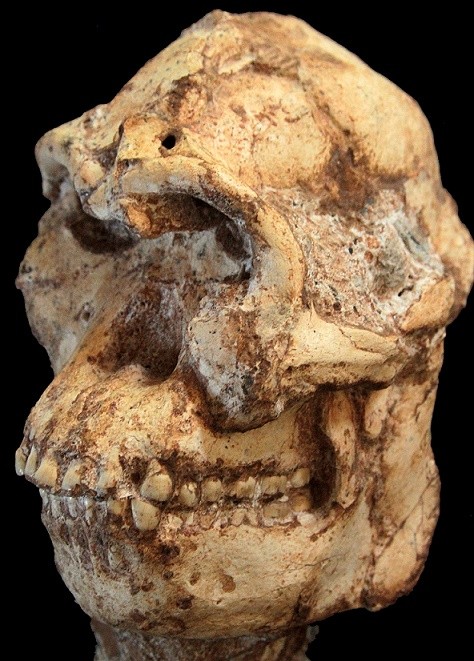Scientists have announced that Little Foot, the most important human fossil ever unearthed in South Africa during the 1990s, is estimated to be 3.7 million years old using new, breakthrough dating techniques.
According to geologist Darryl Granger from Purdue University in Indiana, the age of Little Foot has been debated extensively by scientists and paleontologists.
Researchers have discovered that Little Foot apparently belongs to the Australopithecus prometheus species who also existed the same time as the Australopithecus afarensis where the famous human fossil called Lucy, hails from Ethiopia. The two species share the same features of apes and humans however the two species still look different from each other.
In order to determine Little Foot's fossil age, researchers have analyzed 11 rock samples where the skeleton was found in the Sterkfontein Caves of South africa.
These new findings may also have pivotal implications how human ancestors evolved and developed their relationships with different subhuman species.
Modern man called the Homo sapiens, only appeared 200,000 years ago where the earlier members of the genus Homo is estimated to date back more than 2 million years ago. The Homo sapien genus is predated by various species of the genus Australopithecus as well.
Lucy's species were modern versions of Little Foot since she lived 500,000 years later.
Little Foot is also female where she is much taller and larger than Lucy and possesses gorilla type facial features who already knows how to stand upright, using powerful hands for climbing says paleoanthropologists Ron Clarke and Kathy Kuman from the University of the Witwatersrand in Johannesburg.
Little Foot's species have hands that are similar to modern humans with a long thumb and shorter fingers. Their legs were also longer than their arms unlike modern apes.
This new date of Little Foot suggests that Lucy's species was not the only kind who would have given birth to later members in the human family tree, according to researchers. This study is published in the journal, Nature.



























